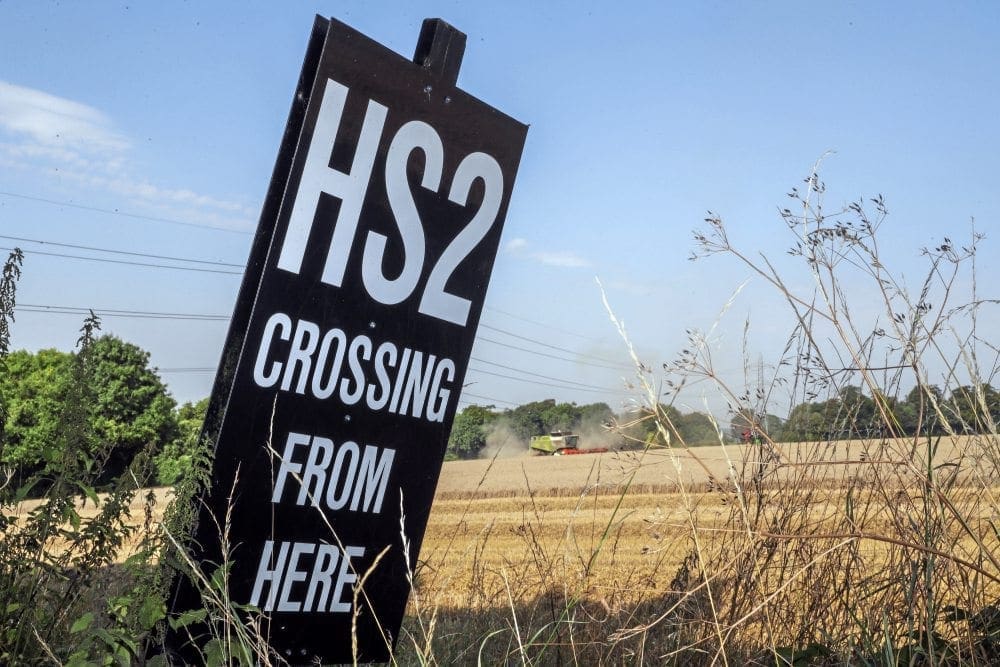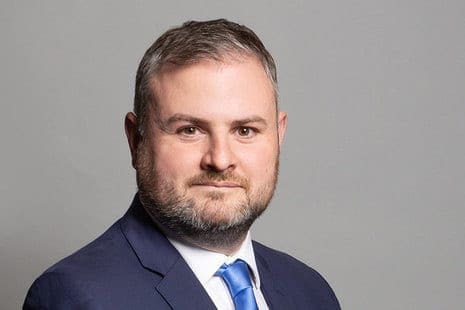
HS2 Minister Andrew Stephenson has responded to a letter from the Transport Select Committee from last month in his own letter about the next steps for HS2.
Mr Stephenson began his letter to reiterate his commitment to transparency, and confirmed that HS2’s six-monthly reports from the Department for Transport will update Parliament on the programme delivery for all phases, including on cost, schedule and risks. The data in the reports will be provided by HS2 Ltd.
“The reports will be published twice a year, starting this Autumn for the period April to September, with the second in Spring 2021, to mirror the financial year,” he said in his letter.
“I would also like to offer a discussion with you on how those reports could be produced in a way which would be most helpful to your Committee. Alongside this, the Permanent Secretary Bernadette Kelly has offered a discussion with the Chair of the Public Accounts Committee.”
‘Additional oversight’
Mr Stephenson also details the appointment of new Non-Executive Directors to provide additional leadership, oversight and scrutiny of HS2, making the “changes to instil greater discipline oversight of the project.”
The HS2 Minister also said: “I am also taking an active role in shaping the performance regime to drive the company’s behaviours. We have introduced a Ministerial Taskforce to increase oversight and monitor performance, and are finalising a new suite of key performance indicators with the company which will be reported on in the Annual Report and Accounts and via the new parliamentary reporting process.”
Mr Stephenson said details regarding Phase 2b are under development, but the goal will be to ensure this is given the correct level of focus and leadership to ensure it is delivered successfully. He said this will help free up capacity for the company to focus on the delivery Phase One and Phase 2a.

High speed and high frequency
“We maintain that high frequency of operation is needed to serve as many destinations as possible and therefore spread the benefits of HS2 across the widest possible area,” Mr Stephenson continues.
“Reducing the frequency of trains would inevitably mean reducing the number of destinations served, cutting off those places from the great economic opportunities that high speed rail brings. Maximising the frequency of trains increases the benefits gained from the investment and therefore improves the value for money of the project.”
The Transport Select Committee requested an update on plans for Euston Station, to which Mr Stephenson detailed: “In response to the Oakervee Review, the Department has commissioned a study looking into the efficiency of the future station as a whole, with the objective of selecting an optimised design and delivery strategy for the HS2 Euston Station in the Autumn.”
“Work has also been commissioned to examine how Old Oak Common could operate as a temporary London terminus so as not to delay the start of HS2 services.”
Loss of biodiversity
The Committee also raised concerns about minimising the loss of biodiversity during the HS2 project. Mr Stephenson responded: “I can confirm there are 192 sites or areas where some form of vegetation clearance is currently scheduled, and will coincide with the 2020 bird nesting season.
“I would also like to add that HS2 Ltd and its contractors are required to follow all relevant legislation for nesting birds. The HS2 Act does not disapply this legislation and all contractors working on HS2 must comply with it. All birds, their nests and eggs are protected under the Wildlife and Countryside Act 1981 (as amended) and all HS2 vegetation clearance (and other works) include measures to prevent any breach of the law.”
Mr Stephenson closed the letter by stating the Department for Transport will work alongside the Transport Select Committee to provide further detail on the areas covered in the letter as and when there are developments as this project progresses.
For the full letter, click here.


